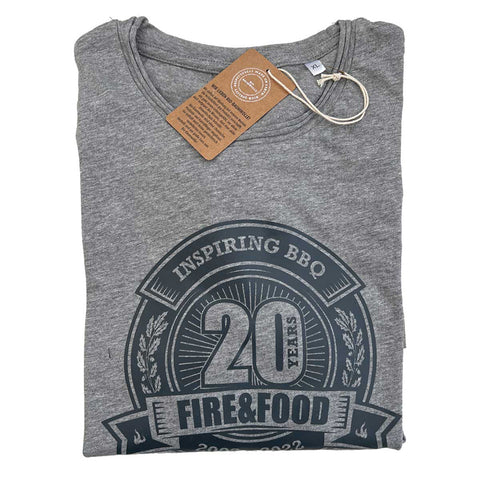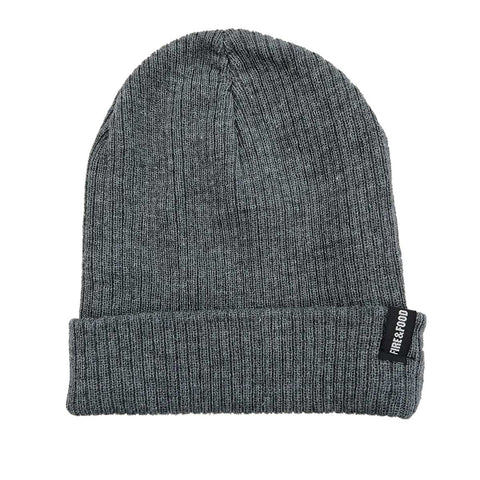Harzer Rote Höhenvieh: The cattle of the miner’s wife
The Harz is the northernmost low mountain range in Germany and stretches like an oval mountain island over the intersection of Lower Saxony, Saxony-Anhalt and Thuringia. The name means something like mountain forest, although the bark beetle has been causing serious problems for several years and the resulting dead trees have drastically changed the view of the mountain heights for many kilometers. The highest and probably best known mountain in the region is the Brocken at 1,141 meters above sea level. It inspired Goethe, who made his first ascent of the Brocken in 1777 and created a literary monument to the mountain in "Faust", where the Brocken is described as Blocksberg. Less well known is the Harzer Rote Höhenvieh, the former typical domestic cattle of the Harz miners. This breed almost disappeared completely. But thanks to a few dedicated farmers, you can occasionally come across the cows with their curly reddish-brown fur and white horns on the Brocken - or on the plates of some inns.
Daniel Wehmeyer from the Düna organic farm is one of the farmers who is committed to the survival of this breed of cattle. He has been running the organic farm full-time for 20 years and has specialized in this special and rare breed of cattle.
This original three-purpose breed was the miners' domestic cattle around 400 years ago, and the miner's wife was primarily responsible for it. The Harz region is considered to be the oldest mining region for silver, copper, lead and zinc in Europe, with origins dating back to the Bronze Age. In the Middle Ages, when the man went to work underground, the miner's wife was responsible for looking after the house and farm, which included at least one of these reddish-brown cattle. It is probably thanks to these living conditions that the Harz Red Mountain Cattle acquired such calm and good-natured characteristics. In the post-war period, the breed was considered uneconomical in both East and West, and so it was almost wiped out on both sides of the inner-German border in the 1970s.
Daniel Wehmeyer is a farmer and cattle breeder with heart and soul.
From spring to autumn all animals live outside on the
Pastures. During the cold winter months they are housed in the large outdoor stable.
Taste of the Harz landscape
The Düna organic farm is located in the southwestern Harz foothills in the middle of a unique and species-rich karst landscape near the town of Osterode. Daniel Wehmeyer is proud that his farm functions as a closed cycle: while the calves ensure that they get enough milk themselves by keeping suckler cows, the cows and cattle in the herd of around 240 animals feed mainly on grass, herbs and bushes from the pastures and meadows in the summer. These are spread around the farm, but the Harz Red Mountain Cattle from the Düna organic farm are also in demand in the Upper Harz as four-legged landscape caretakers, where they are used, for example, to renature the ski slopes of the Wurmberg, the second highest mountain in the Harz. The young bulls also receive the farm's own concentrated feed all year round, which is made from self-produced parts of oats, wheat and beans. In winter the animals are in the stable, and the roughage they are fed consists of clover grass and silage. Everything is grown according to the 7-field system, the location determines the crop rotation, and the resulting cattle manure is used as fertilizer for the grain. Daniel Wehmeyer generally makes sure that the fields are green all year round so that not too much humus is broken down.
Every two weeks, two young bulls come to the slaughterhouse. They have spent at least two summers on the pasture and weigh around 700 kilograms live weight. Since the animals are used to being transported to change pastures, they are used to the loading process - only the destination is different. The high-quality and aromatic beef is then further processed in the farm's own butcher's shop, from where it is sold to local restaurateurs and in the farm's own shop.
Contact the organic farm Düna at www.biohofduena.de





















